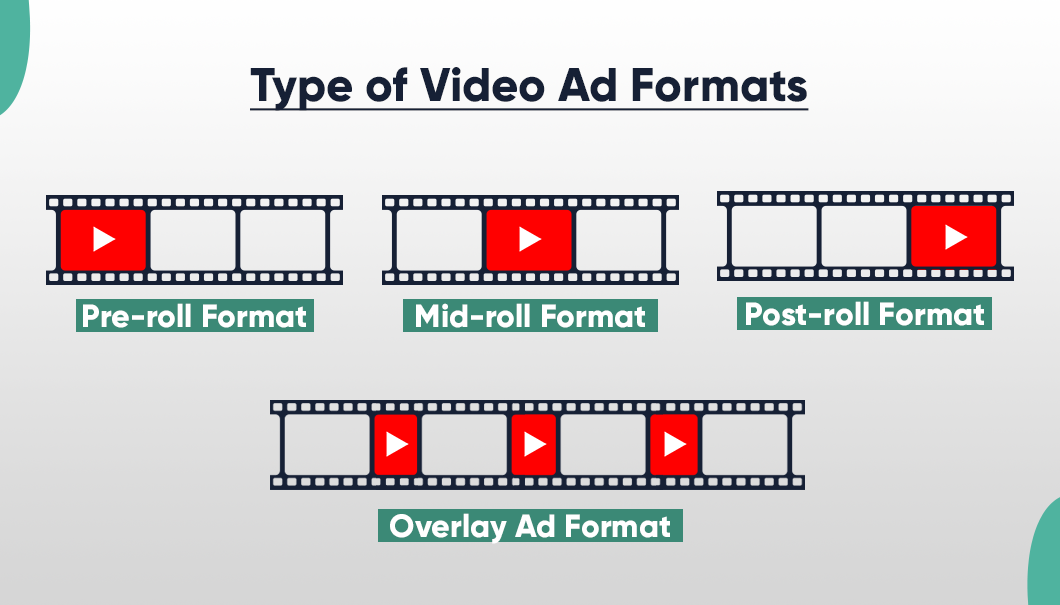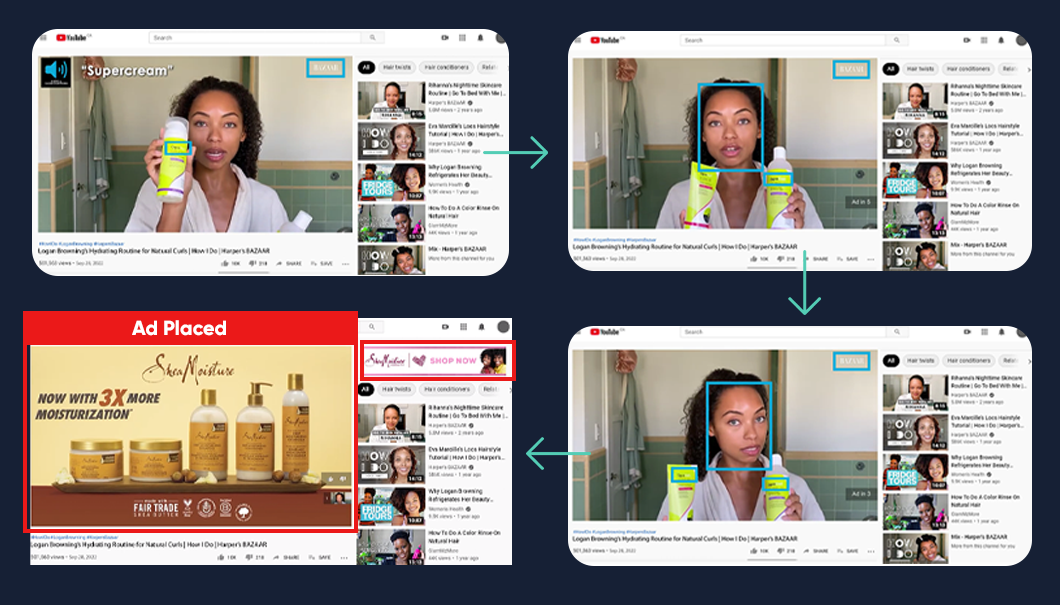From Disruptive to Delightful: The Power of Contextual Video Advertising | 27 Mar, 2023

Video advertising has become a highly effective tool for brands and advertisers to communicate their messages to online audiences. In the year 2021, $ 55.34 billion was spent on digital video advertising in the United States alone.
Since its inception, video advertising has faced criticism for being inherently interruptive in nature. Online users tend to skip or ignore ads that appear to them as annoying or interruptive.
This non-engagement of users with the ads is a serious headache for advertisers, and they are struggling to find a way out.
Role of Video Ad Formats in Grabbing Viewer’s Attention

Research shows that brands are now increasingly concerned about the interruptive user experience when running their video advertising campaigns.
Brands are trying to make in-video ads more engaging and less annoying for users. In order to draw effective user engagement, ads should capture the user’s attention in the first few seconds.
Video ad formats also play an important role in driving better user experience and engagement. By deploying better formats, marketers can make their advertising strategy more effective.
According to eMarketer, 60% of video ads fall in the in-stream category. Most marketers are currently deploying interruptive in-stream ad formats that can be easily skipped or ignored.
Pre-roll and post-roll are used more often over other formats such as overlay video and mid-roll.
Overlay ad format, which places an ad over the video content, offers an advantage over other in-stream formats of not overtly interrupting the underlying video content being watched by the user. Thus, overlay ads are less annoying and tend to provide a better user experience.
Mid-roll format is least favored by marketers, especially for short video content, because it is highly interruptive. Therefore, marketers are currently mainly utilizing pre- and post-roll in-stream ad formats for achieving their advertising goals and the whole video content itself needs to be accounted for. Here, the overlay format comes to the rescue. It allows marketers to capitalize on unutilized video content without being interruptive to users.
Contextual Advertising: Not Letting Irrelevant ads Annoy Users
Brands have identified certain obstacles in the path of video ad innovation. These include inadequate budget, lack of in-house expertise, misaligned in-house teams, lack of agency relationships, and lack of strong external technology partnerships.
To achieve their video advertising goals, brands and marketers should focus on innovative, non-interrupting ad formats.
But only using the right in-video ad format will not work, marketers should make use of robust, efficient, and effective advertising technology such as AI-powered advertising, and give utter importance to context.
They should serve contextually relevant in-video ads that are well-aligned with the content the user is consuming.
According to industry experts, video advertising strategy in the future will be impacted by factors such as demand for non-interruptive ads, growth of over-the-top and connected TV ad formats, growth of social networking and video-sharing advertising formats, and demand for contextual advertising.
Users’ demand for non-interruptive ads on connected TV has grown over the years in sync with the growth in its viewership.
Currently, in-stream video advertising on this platform is largely interruptive in nature. Contextual video advertising offers an effective solution to marketers to mitigate this interruption on connected TV and enhance user experience.
By using the right mix of in-video ad formats and contextually aligned ads, advertisers can turn upside down the user experience from being interruptive to engaging. To display contextually aligned video ads, a highly effective solution is afforded by AI-powered in-video key context technology.
Mirrors’ Computer Vision Technology

AI-advertising solutions that are dependent on machine learning, NLP, and semantic analysis, miss the mark when it comes to understanding the sub-text, nuanced contexts, and complex relationships words have in written or spoken language.
Mirrors’ computer vision contextual advertising technology provides a very high degree of contextual relevance. This technology works by accurately identifying key contexts in videos such as faces, emotions, brands
, objects, scenes, and activities in order to display in-video ads that are in line with what the user is actively engaging with.
Last Words
Highly contextually relevant ads appear non-interruptive and appealing to users and boost the chances of users watching or clicking them. With AI-powered contextual video advertising, marketers can seamlessly integrate ads with the video content the user is watching, thereby providing a non-interruptive, highly engaging user experience. To know more about Mirrors and how it can unlock your brand’s revenue potential, fill up the form on your right, and a member of our team will soon contact you.

BLOGS
Breaking Tradition: Innovative Marketing Strategies for Vietnam Tet 2025
One of the most significant cultural events for the Vietnamese, Tết Nguyên Đán, or the Vietnamese Lunar New Year, is almost here. Marking the beginning of spring, this time of year has, for generations, been a season for family gatherings, delicious feasts, and honoring ancestors. The week-long holiday witnesses the ...

BLOGS
5 Proven Black Friday and Cyber Monday Marketing Strategies for 2024
Black Friday and Cyber Monday (BFCM) are no longer exclusive to the U.S. market. It has gone global and is now one of the most important dates when every business wishes to ensure a spike in their online or in-store sales. With customers hunting for the deal, e-commerce businesses and ...

BLOGS
Why News Content is a Goldmine for Advertisers: Debunking Brand Safety Myths
Brand safety concerns have long clouded advertising alongside news content. As a marketer and advertiser, you might think twice before placing your ads against news stories, fearing harm to the reputation of your brand. However, new findings by Stagwell challenge those longtime fears, showing that advertising in news environments could be ...







